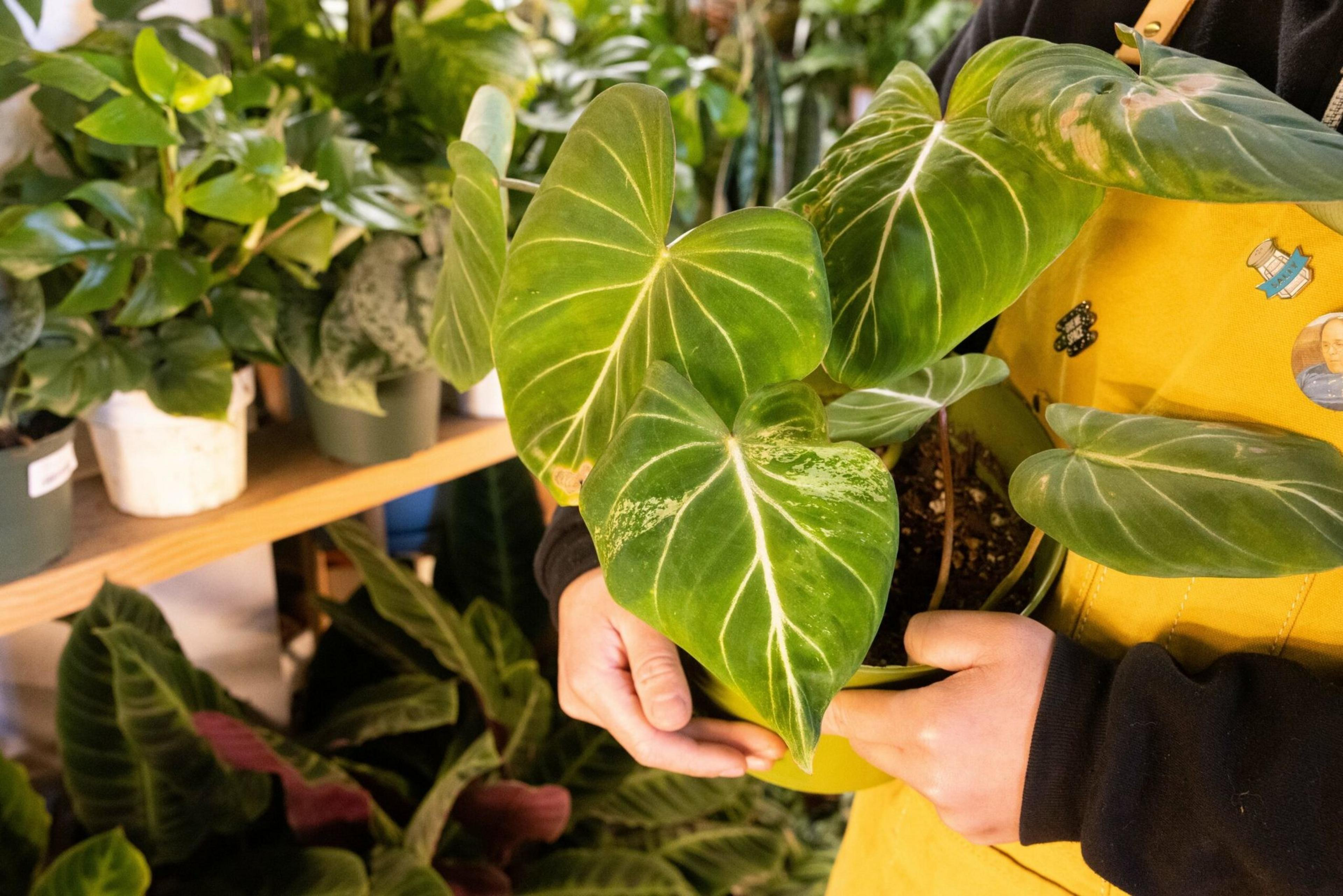Plant aficionado Michelle Reed remembered a vendor selling a trendy monstera plant for a startling $4,000 on eBay. To her, this was the moment when San Francisco’s appetite for rare plants turned obsessive.
Reed, who’s owned the plant shop Roots in San Francisco for over a decade, found herself asking customers, “Are you sure?” whenever they reached the register with over a thousand dollars in rare plants.
In the last few years, the millennial and Gen Z obsession with rare plants has exploded like spider mites on your monstera deliciosa: They came by the thousands, with murky origins. So-called “rare” plants with names like milk confetti and spiritus sancti became coveted commodities, often without buyers having a real understanding of where they came from.
But for Reed, the $4,000 monstera marked a turning point in consumer taste. Would-be plant parents who wanted something to care for now lusted after unusual or hard-to-find plants, seemingly irrespective of price. American household spending on houseplants and plant care increased 28% between 2019 and 2020 to $1.6 billion according to the National Gardening Survey— (opens in new tab)and the Bay Area was no exception.
“I got into this business because I’m a hippie,” she said. “Now, it’s all about the money and what’s trendy.”
A Craze Takes Root
By the height of the pandemic, Kira Stackhouse had 250 plants, making regular trips from Oakland to San Francisco to find the rare ones. At one point, she had a baby scindapsus treubii dark form—a vining plant with glossy leaves—shipped from Washington. The tiny plant had two leaves, came in a two-inch pot and cost $100.
“I don’t even want to think about the number of plants I bought,” Stackhouse told The Standard. “It was out of control.”
As with previous crazes, from 17th century tulip bulbs to Ethereum, the once-stratospheric prices of rare plants have been slashed in half. Only a few years ago, Plant Therapy on Market Street was making $35,000 in sales a week, double what owner Chai Saechao makes today. Other plant shops, like Hortica, Plants and Friends and Rare Device, have closed entirely, while influencer accounts that reached tens of thousands of followers (opens in new tab) now lie dormant.
The rise and fall of the rare plant craze underscores the potency of social media and what happened when plant collectors started their own economy.

Social Media and the Propagation of a Myth
Curated walls of millennial pink (opens in new tab) philodendrons and polka-dotted begonias were undeniably Instagrammable at a time when you couldn’t leave the house.
“During the pandemic, we had no contact with people and the outside world except on the internet,” Stackhouse said. “So let’s spend money on plants, you know?”
Social media widely popularized rare plants, many of them imported from Southeast Asia and South America. Plant influencers (opens in new tab) exploded on YouTube, Instagram and TikTok, and shops capitalized on the trend, advertising rare plant “release” parties and offering customers virtual concierge services.

But what does “rare” really mean? In retail, it may simply mean new to the market. Many rare plants have mutations like variegation—tonal variations that can come in stripes, spots and borders—that give plants a unique look, but they’re not necessarily rare.
Some enthusiasts built lucrative side gigs propagating and selling cuttings from these gorgeous mutants, giving customers what they want but eroding claims to uniqueness.
LeShrae Ebony is a Bay Area plant enthusiast who grew up in Panama, where rare plants like monsteras are pretty common. Even she got swept up in the craze, purchasing two monstera Thai constellation cuttings for $500.
She turned it into a side hustle, propagating and selling cuttings from her tropical beauties.
“I personally only use distilled water and mild organic fertilizer,” Ebony wrote on Instagram. “Happy transplantings!”

Medium Rare, Not Rare
Now, anyone with access to YouTube and a pair of scissors can multiply rare plants.
Saechao of Plant Therapy pointed to a monstera by the register at his store. Native to Central America, it’s a species sometimes known as the “Swiss cheese plant.” A year ago, he sold a monstera albo—that is, a monstera with white variegation—for $1,200. Now, he says, it might fetch only half that price.
Still, business hasn’t collapsed entirely. Saechao still has a table of the newest rare plants —philodendron white knight is a new up-and-comer, he said. He credits Plant Therapy’s survival with the biodiversity of his selection—and its affordability. The shop sells $40 rare plants in three-inch pots, but it also sells $15 ferns and snake plants.
At the height of the plant craze, growers had increased prices by 30%, and they were rushing them out the door.
“They weren’t letting the plants grow,” Reed said. “They were selling a foot-tall plant at the same price they used to sell 4-foot plants.”
Eventually, commercial sellers caught up with consumers and started producing their own rare plants domestically, often at a fraction of the price. It can be hard to remember the dread and panic that gripped so many housebound people during 2020’s long months of lockdown, to say nothing of the desire to show a fragile living thing some TLC. But a monstera Thai constellation, which only recently sold for exorbitant prices, was recently available at Walmart (opens in new tab).
